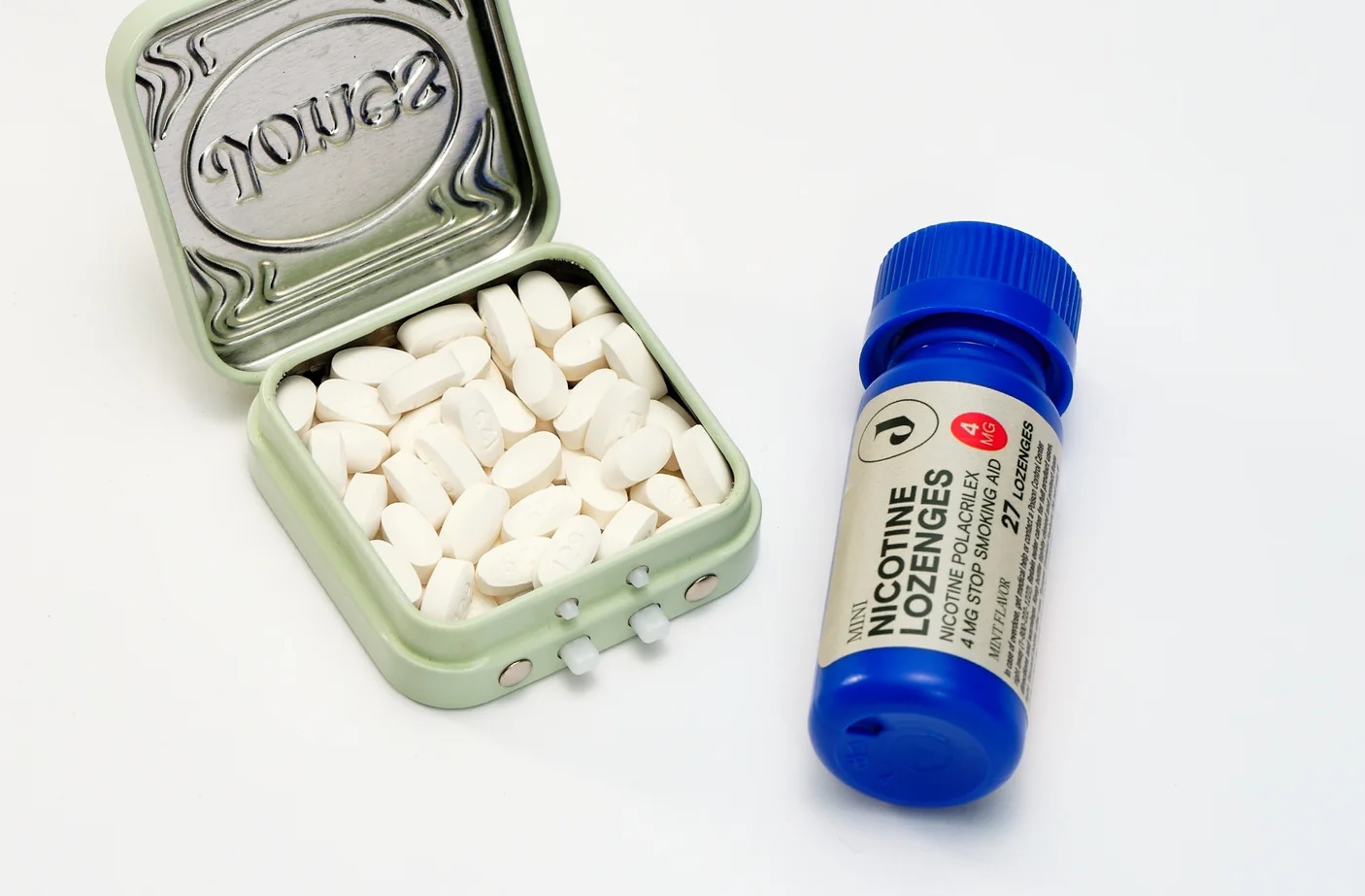By focusing on personalization, transparency, and convenience, direct-to-consumer startups are disrupting the trillion-dollar healthcare industry. From vitamins to fertility tests and even ED pills, you name the product and there’s a company that will ship it to your door.
Next up: direct-to-consumer testosterone could be a billion-dollar opportunity.
- One study found a fourfold increase in the rate of testosterone use among 18–45-year-old men between 2003 and 2013.
- The same study said prescriptions for testosterone have risen 300% since 2001.
As men age, their testosterone can drop 1–2% per year after age 30, leading to depression, muscle loss, weight gain, and low libido, among other things. Over time, the wellness industry has introduced a variety of (unproven) “low T” supplements, including multi-vitamins, DHEA, deer antler, pollen, and more. But now, prescription testosterone or testosterone replacement therapy (TRT) is emerging as the go-to option.
DTC TRT
As companies like hims and Roman have shown us, playing to our insecurities while also removing the stigma associated with those shortcomings is a formula for success. In the case of low testosterone, creating a direct-to-consumer TRT offering could be an add-on for an existing company or the foundation of a new healthcare startup.
Through a combination of bloodwork and remote consultations with a doctor, it’s not hard to imagine a mail-order TRT service complete with a one-time onboarding (bloodwork) fee, monthly subscription, and upsell opportunities to multivitamins, ED pills, fertility tests, hair loss treatment, and more.
 Photo | Victor Freitas, Unsplash
Photo | Victor Freitas, Unsplash


